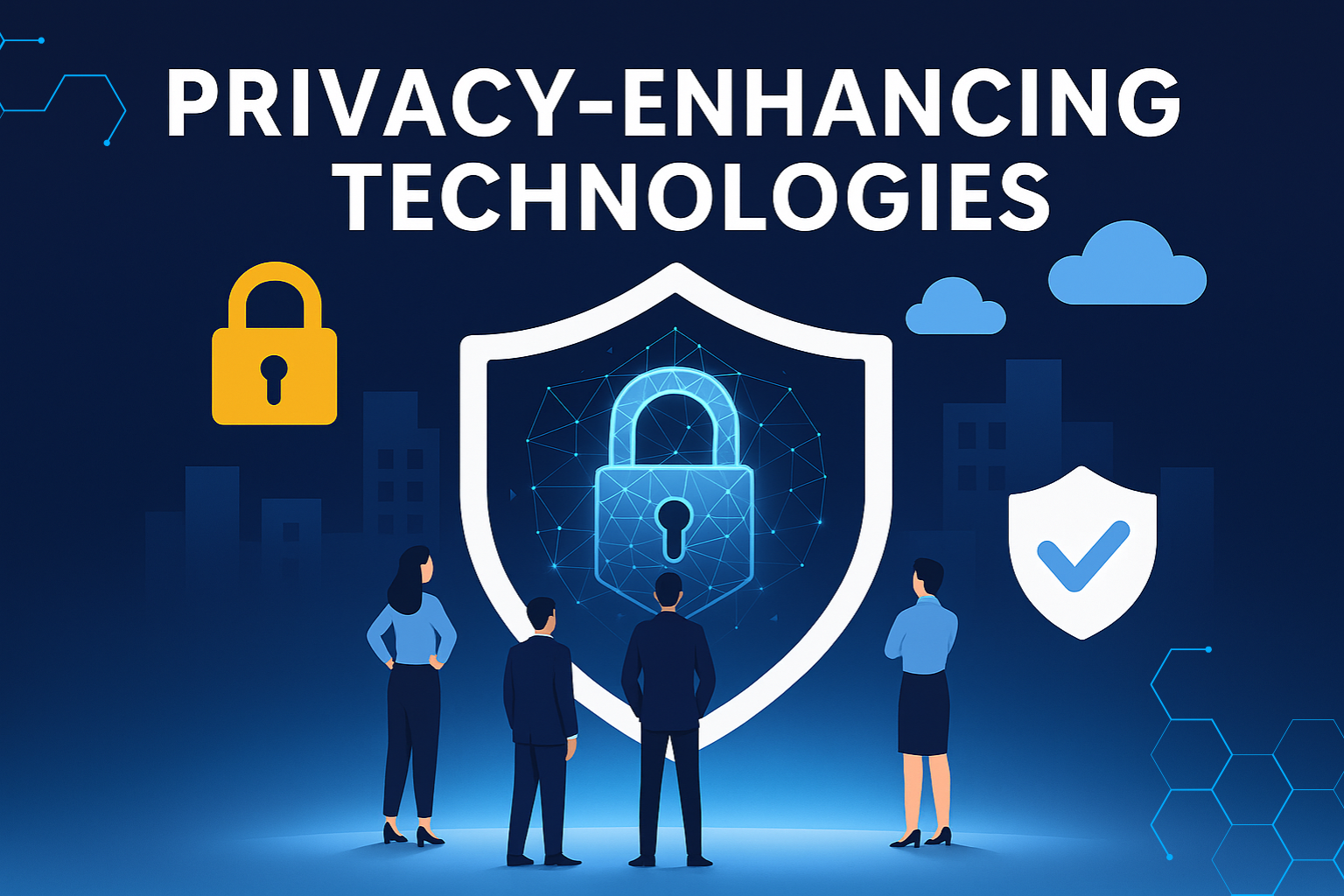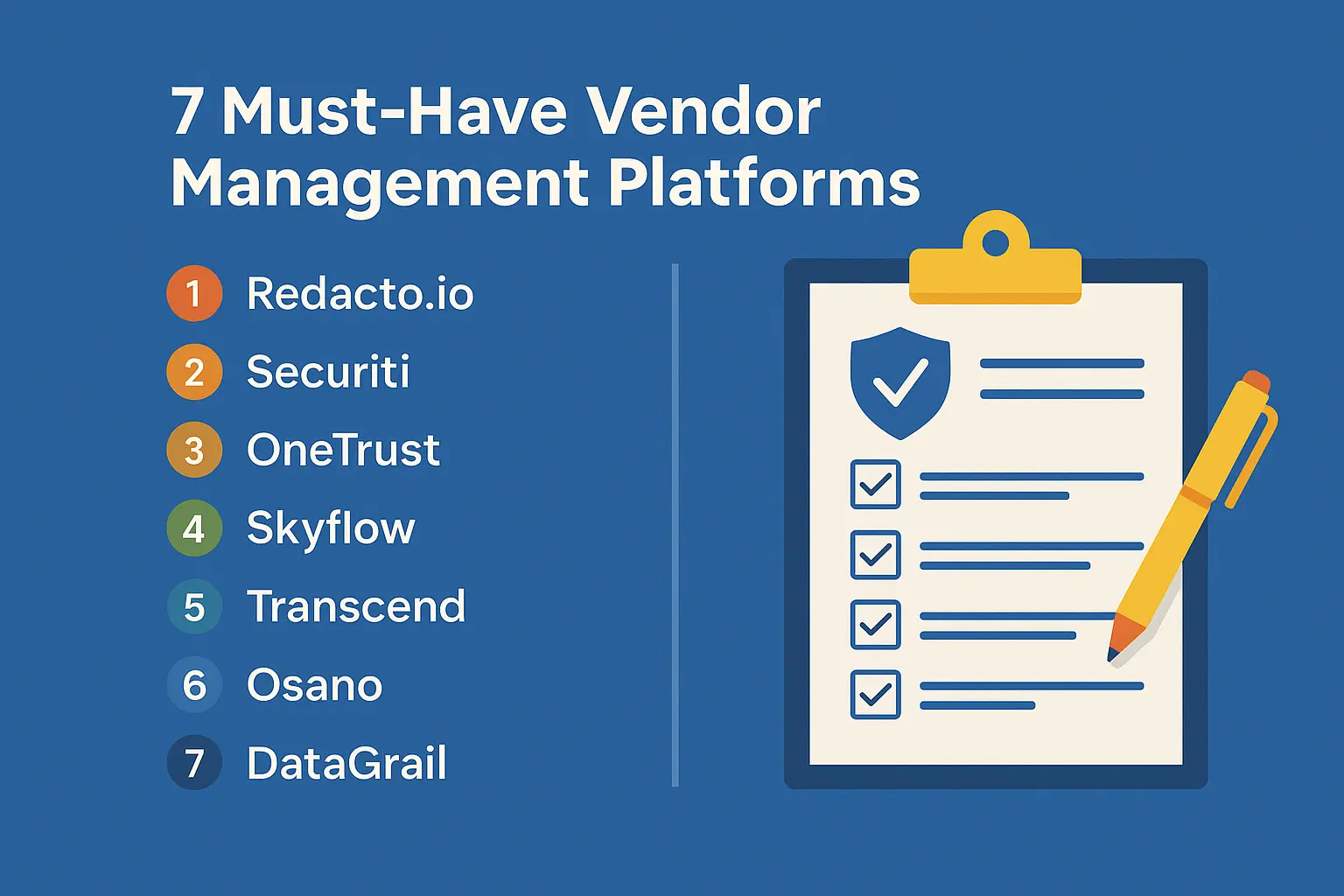
What is SOC 2 Compilance? Report, Types, and Principles
Today businesses are under more scrutiny in their efforts to guarantee the security of sensitive customer data. Failing to manage data in a responsible manner brings about the loss of credibility and legal or financial sanctions.
The SOC 2 compliance offers an organized guideline that assists companies to protect the data and show they can be relied upon. It is tailored to businesses who store or perform operations on confidential data in digital places, including cloud-based or SaaS systems.
This standard is based on five major principles including security, availability, processing integrity; confidentiality, and privacy. By fulfilling these requirements, companies will be able to build better relations with their clients.
Here, we will explore what SOC 2 compliance is, why it is important, and how companies can achieve it effectively.
Why SOC 2 Compliance Matters
The concern of data privacy among businesses and customers is increasing. Failure to provide security measures can make companies disclose sensitive information, creating prospects of data breaches and loss of trust.
Compliance with SOC 2 establishes trust by establishing that an organization has security measures to secure data. This is particularly crucial to the service providers who handle the customer data in the cloud.
Redacto can assist enterprises to satisfy these needs with its **Vendor Risk Management** tool. It streamlines vendor due diligence, tracks compliance issues, and ensures businesses adhere to laws like GDPR and DPDP.
Who Needs a SOC 2 Report?
SOC 2 reports are essential to service providers who deal with sensitive customer information. This involves SaaS firms, cloud computing vendors and the institutions handling financial or personal data.
Companies that deal with regulated industries, including healthcare, banking, and e-commerce, typically provide SOC 2 reports to demonstrate their GDPR and DPDP legislative compliance. Without this certification, they can find it difficult to obtain enterprise clients.
SOC 2 assists organizations in demonstrating that they regard data security. It establishes credit with customers, lowers the enterprise risk, and eases seller evaluations and audits.
SOC 2 Type I vs. SOC 2 Type II
SOC 2 reports can be divided into soc type 1 vs soc type 2 categories. While both provide proof of a company’s commitment to data security, they differ in scope and depth of assessment. Let’s break this down further.
SOC 2 Type I
The Type I SOC 2 audit is concerned with the analysis of systems and processes of a business company at a particular point of time. It also provides assurance that security policies, procedures and control exist at a given date. It is an excellent beginner point to businesses that are new to SOC 2 compliance. It merely shows that controls are in place, though it does not ensure their effectiveness in the long-term.
In such a way, a company may have an access control policy but with SOC 2 Type I there is no check whether this policy is actively in place. This is good as a starting compliance but not ideal over a long-term basis.
SOC 2 Type II
SOC 2 Type 2 takes a step higher and it tests the effectiveness of the controls over a minimum time period of observation (usually 3 months-12 months). It demonstrates that these controls do not only exist, but are regularly adhered to and kept.
It is the best type to use in cases where companies seek to demonstrate long-term compliance in order to gain years-long confidence of the clients. Compliance tools provided by Redacto make this task easier by automating the collection of compliance data, and provide long-term monitoring of third-party vendors.
Breaking Down the Key Principles of SOC 2 Certification

SOC 2 certification evaluates a company's adherence to five critical trust principles. This process, carried out by independent auditors, provides proof of a company’s commitment to security, compliance, and data handling best practices. Let’s explore these principles:
1. Security
The security principle is to make the system immune to malicious access and threats. Two-factor authentication, firewalls and intrusion detection systems are some of the tools used to ensure that data is not stolen or misused and strong system security is maintained.
2. Availability
Availability is concerned with maintaining systems, products or even services available in accordance to agreements or contracts. It includes monitoring of network performance, dealing with failover, and appropriate response to security issues to achieve acceptable levels of uptimes.
3. Processing Integrity
The principle checks the accuracy, completeness, and validity in data processing. Even though it cannot guarantee data cleanness prior to processing, the quality enforcements and monitoring systems serve to ensure that the targeted outputs are regularly met.
4. Confidentiality
Confidentiality restricts the access and disclosure of data to only designated persons or computing systems. It involves using encryption, firewalls and enforced access controls to safeguard sensitive business data; e.g. intellectual property or internal price strategies during the storage or transmission process.
5. Privacy
The privacy principle ensures that personal information, especially personally identifiable information (PII), is collected, processed, and disposed of in line with privacy laws. Safeguards such as encryption and advanced access controls help secure sensitive data, including health or financial details.
How Redacto Supports SOC 2 Compliance
Redacto simplifies SOC 2 compliance by helping companies manage third-party risks through its Vendor Risk Management tool. This tool automates vendor assessments, assigns dynamic risk scores, and tracks compliance, reducing the manual effort required for audits.
With Redacto’s Data Discovery, businesses can locate and classify sensitive data, ensuring they meet SOC 2’s data inventory requirements. This adds efficiency to privacy audits and demonstrates accountability across operations.
These tools also integrate compliance with laws like GDPR and DPDP, ensuring seamless adherence to global privacy standards while improving security frameworks.
Conclusion
SOC 2 compliance ensures businesses handle customer data responsibly and securely. Redacto’s tools offer automation, oversight, and efficiency, making SOC 2 compliance easier and safeguarding your organization’s reputation.
FAQs
1. What is SOC 2 compliance?
It’s a framework ensuring organizations protect sensitive customer data based on security, availability, processing integrity, confidentiality, and privacy principles.
2. Who needs SOC 2 compliance?
Any company handling customer data, especially SaaS providers, cloud service providers, and regulated industries like healthcare or finance, needs SOC 2 for trust and compliance.
3. What is the difference between SOC 1 and SOC 2?
SOC 1 focuses on financial controls, while SOC 2 evaluates the security and protection of non-financial data systems.
4. How long does obtaining SOC 2 take?
Timeline varies by organizational readiness but usually spans 3–12 months, depending on whether it’s Type I or Type II.
5. How does Redacto help in SOC 2?
Redacto automates vendor assessments and tracks compliance, simplifies data discovery, and ensures processes align with frameworks like GDPR and DPDP.




%20Redacto%20logo_New.png)
.jpg)


.jpg)

.jpg)
.png)

